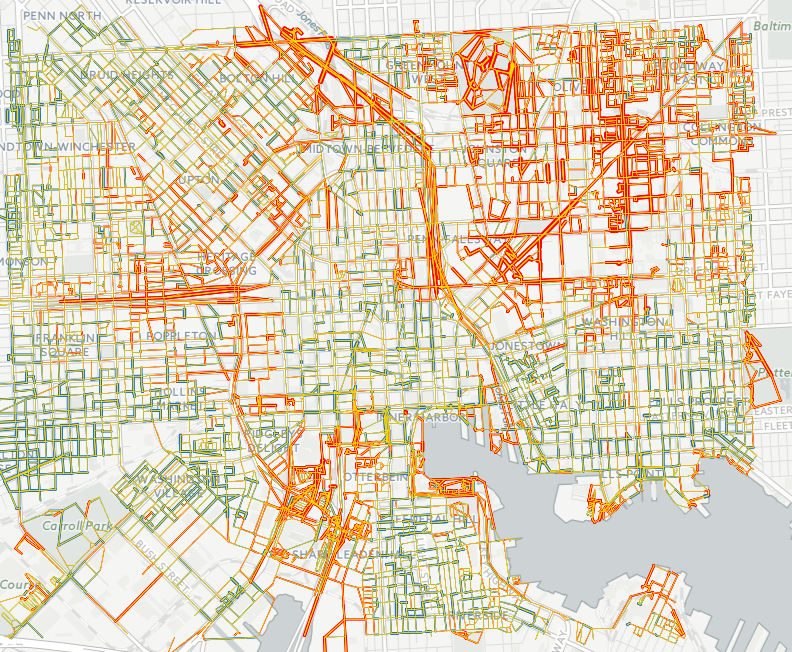Nodes, Paths, and Edges: Using Mental Maps to Augment Crime Data Analysis in Urban Spaces

Citizen participation can provide valuable insight into data that is not captured by official sources. In this paper, we propose a technique for using mental maps consisting of three fundamental elements: nodes, paths, and edges. These elements can be used to augment crime data analysis in urban spaces by incorporating the values and knowledge of citizens. We apply this technique to an analysis of property crime in three US cities: Baltimore, Atlanta, and Chicago. Subsequently, we find these cities have neighborhoods where the crime could be substantially higher—or perceived by citizens as higher—than is accounted for in the official public crime data. This analysis can be a vital first step for identifying hidden hotspots or better understanding public perceptions of high crime.
EuroVIS 2017: Nodes, Paths, and Edges: Using Mental Maps to Augment Crime Data Analysis in Urban Spaces from VGTCommunity on Vimeo.
Authors
Godwin, A. and Stasko, J.
